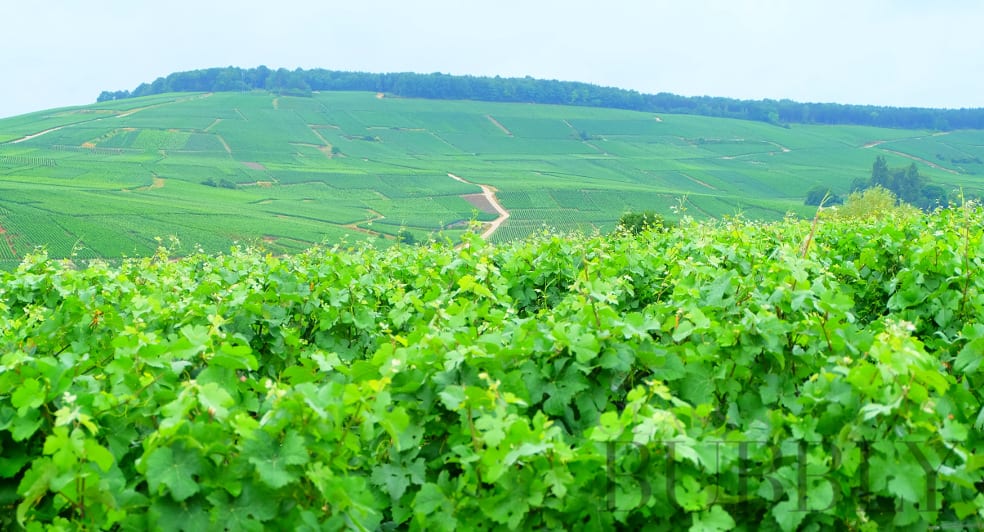Son Of A Lesser God: Sparkling Wines From Almost Unknown Grapes: Prie’ Blanc
30th July 2024

The Prié blanc is an indigenous white grape variety from the Aosta Valley with uncertain origins. It might originate from the Savoie or Valais regions, but its presence in the Aosta Valley dates back a very long time, where it has undergone genetic mutations that have led to its current characteristics. It is mainly cultivated in Morgex and La Salle, among terraced vineyards and dry stone walls, at altitudes between 900 and 1,200 meters, near the limit of vine cultivation, in the highest vineyards in Europe, located on the left bank of the Dora Baltea river.
The Prié blanc has a short vegetative cycle, budding late in spring and ripening early in early September, thus avoiding spring frosts and the first snowfalls. The traditional training system is a low pergola, which protects the grape clusters from the wind and allows them to absorb the heat accumulated by the soil during the day. The high altitude minimizes the need for treatments and pesticide use.
At the beginning of the last century, it also made the vineyards immune to the phylloxera attack, and many Prié blanc vines in Morgex and La Salle are still on their own roots. The must of Prié blanc is characterized by pronounced acidity, making it suitable for both drying and sparkling wine production. It is vinified both as still wine and as sparkling wine using the traditional method. Additionally, an ice wine is produced from Prié blanc, using grapes harvested at the end of December when the temperature is below zero. It has a straw-yellow color with greenish reflections, an aroma of mountain herbs, hay, and flint, and a marked acidity on the palate.
Glacier Vallée d’Aoste D.O.C. Classic Method has notes of apples and minerals.
The Blanc de Morgex et de La Salle Metodo Classico is made from 100% Prié blanc, with the base wine undergoing the first fermentation in large wood (larch-oak) and stainless steel, followed by traditional bottle fermentation, with dégorgement after no less than 24 months and Pas Dosé.
The Blanc du Blanc Vallée d’Aoste D.O.C. follows the same traditional method, but with the base wine undergoing the first fermentation in barrique and stainless steel, with dégorgement after no less than 18 months and Brut, with notes of apple, mountain fruit, and wisteria.
The Cuvée du Prince has aromatic notes of apple, pear, minerals, and honey, produced following the traditional method, with the base wine undergoing the first fermentation in large wood (larch-oak) and stainless steel, with dégorgement after no less than 72 months and Brut Nature.
The Cuvée des Guides has notes of minerals, saffron, sage, candied fruits, mint, and exotic fruits, with vinification taking place in stainless steel and sparkling wine production at 2173 meters, influencing the quality of the perlage, with dégorgement after no less than 36 months and Brut Nature. The wine has a straw-yellow color with greenish reflections and fine, persistent bubbles. On the nose, it is floral with extremely typical mineral notes, while on the palate it is mineral, with good sapidity and freshness.
The Cave Mont Blanc de Morgex et La Salle Soc. Coop. is located at Strada Des Iles, 31 11017 La Ruine – Morgex (AO) Italy.
![]()
Olga Sofia Schiaffino
Winelover, Sommelier, wine blogger WSET Level 3 passed with distinction. Sparkling wine addict.
